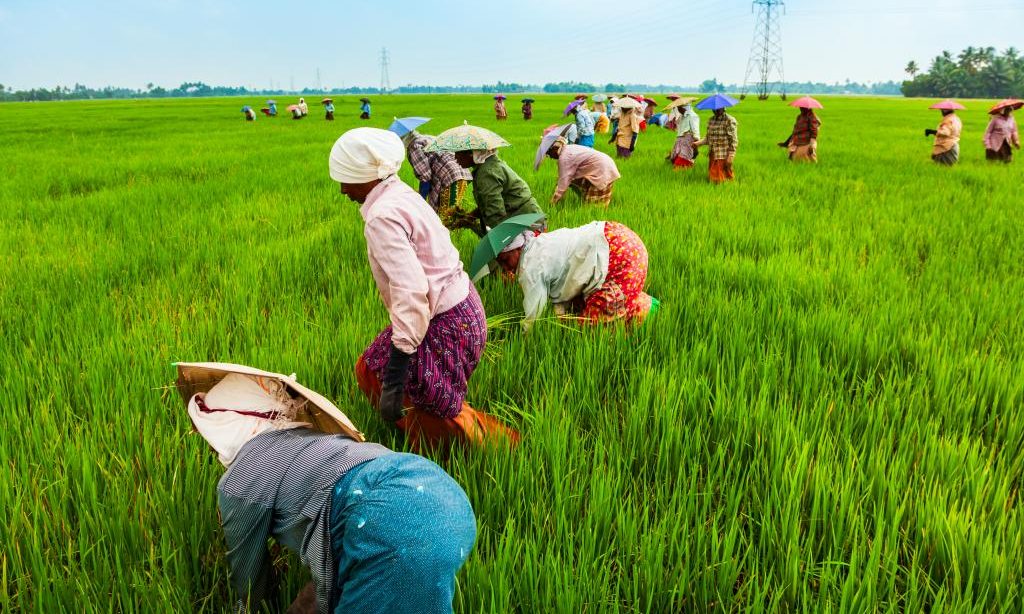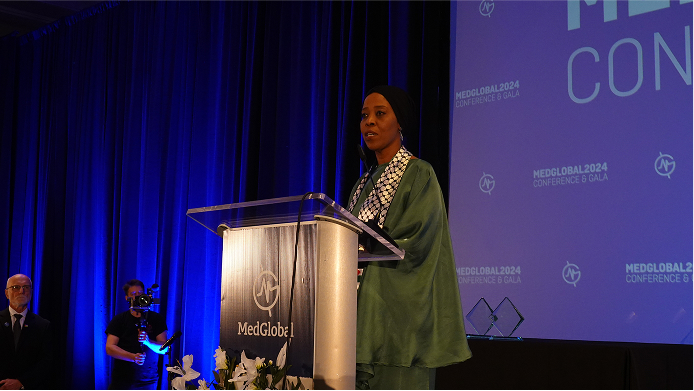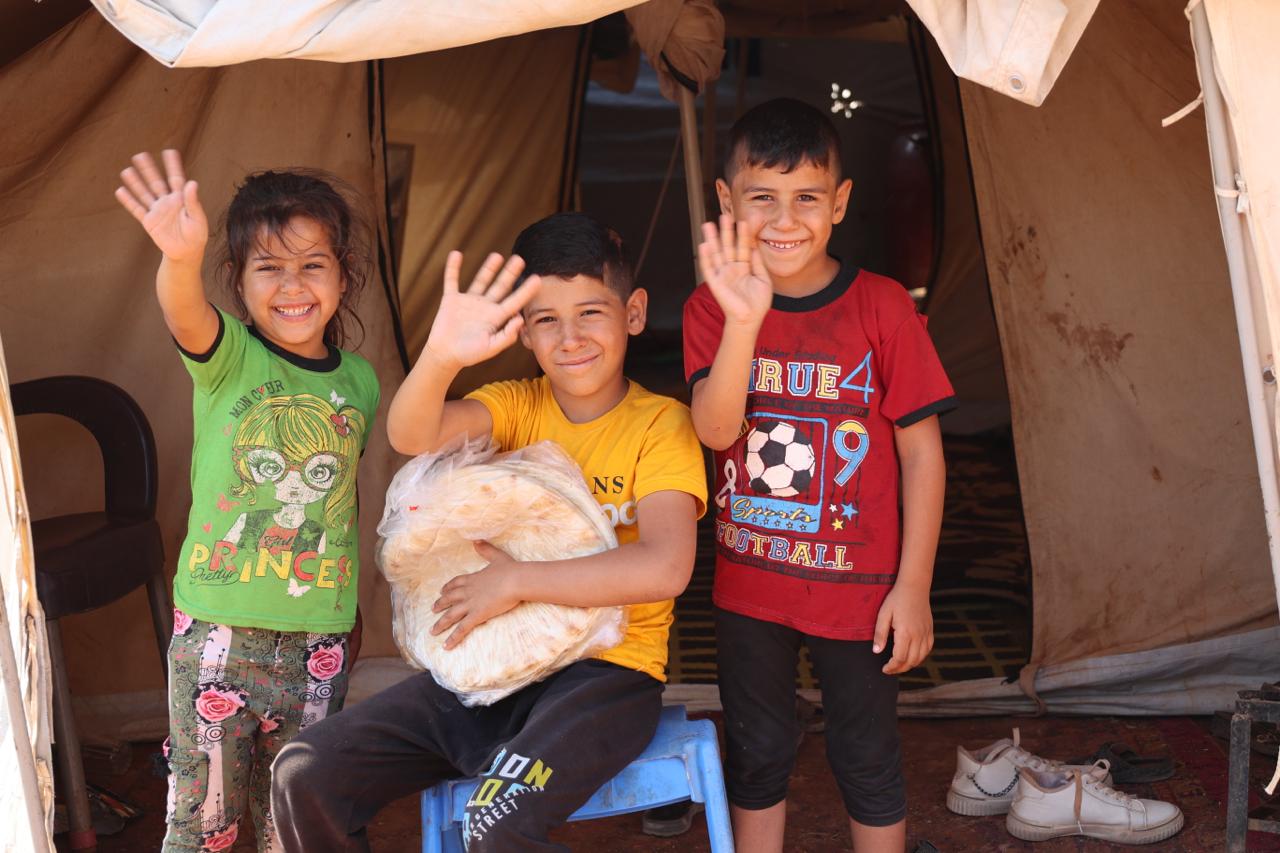Updates & Press
Blog Featured | November 19, 2021
Weekly Humanitarian News Digest – November 1
Author | MedGlobalComms

Cover Image: Down to Earth
Latest News for November 12 – November 19, 2021
Afghanistan
Countries discuss the unfreezing of assets as Afghanistan faces an impending humanitarian catastrophe with rising levels of hunger and extremism. About 60% of the 38 million people in the country are facing extreme levels of hunger. After the Taliban takeover, more than $450m designated for Afghanistan was blocked, leaving a large vacuum. Amidst the crisis, ISIL has been expanding and is present in nearly all provinces. (Al Jazeera)
Conditions in Afghanistan have led millions of children to suffer from acute malnutrition. Around 3.2 million children will be affected by the end of 2021, and 1 million of them are at a high risk of dying. Measles cases have also been spiking alongside the food crisis. (Hindustan Times)
Bangladesh/ Myanmar
The ongoing crisis for millions of Rohingya refugees was raised during the gathering of world leaders in Paris last week. The brutal crackdown on the Rohingya community in Myanmar occurred in 2017, which forced 750,000 Rohingya into Bangladesh where they now reside. The camps, located in Cox’s Bazar, are the most densely populated refugee camps in the world. The lack of attention to this issue threatens to affect the whole region. (The Daily Sabah)
COVID-19 lockdowns and price increases have led to a stark increase in poverty in Bangladesh. Rural and urban slum households have been the most affected, with ⅔ of the population living in poverty. The rise in fuel prices and other consumer goods has also contributed to difficulties in people’s financial recovery post-lockdowns. Fuel prices have increased by 23%. (DW)
Colombia/ Venezuela
The Darién Gap has become populated with migrants trying to reach the United States. Located between Colombia and Panama, the Darién Gap is where the Pan-American Highway turns from road to 60 miles of muddy jungle terrain. This past year has seen more than 100,000 migrants cross into Panama, which is more than triple the previous annual record. Many are in search of opportunity and employment after losing their jobs during the COVID-19 pandemic. (NPR)
Gaza/ Palestinian Territories
The deterioration of the economic and fiscal situation in Palestine requires long term solutions. The continuing economic decline in Gaza and high unemployment has affected all sectors of society. Tensions across Occupied Palestinian Territory continue and contribute to the economic situation. (UN News)
Haiti
The United States sent back Haitian families at a rate higher than any migrant group, forcing more than 8,500 people back with as many as 7 flights per day. This has caused a sharp decline in Haitians seeking asylum in the US with many choosing to stay in Mexico because of fears that they will be forced to return to Haiti. Conditions in Haiti are increasingly dire, with lack of fuel and food and armed groups taking control of the country. (The Washington Post)
India
New Delhi has been forced to shut down offices, schools and buildings due to high levels of air pollution. These conditions threaten to cause respiratory illness such as lung cancer. This situation has been caused by several factors , including coal-fired plants and the burning of garbage. (Al Jazeera)
Climate change disproportionately affects women in India, who make up 75% of the agricultural workers on farms. Lack of food leads to women eating less while men migrate elsewhere, in addition to continuing to carry out domestic work and managing household farms. This creates unequal opportunities leading women to vulnerable situations of economic and sexual exploitation. (DTE)
Lebanon
Lack of waste management adds to the ongoing crisis in Lebanon. The combination of the political crisis, limited staff due to reduced wages, high gasoline prices, and flaws in waste management contracts has led to a collapse of the system. The only factor keeping the situation from escalating to a full-blown crisis is that the economic crisis has limited the waste produced by the Lebanese population. (Al Jazeera)
Lack of doctors, nurses and medicine plagues Lebanon’s hospitals. Since 2019, 40% of doctors and 30% of nurses have left what used to be a popular destination for medical treatment. Patients await treatments with 100% success rate that can’t be carried out due to lack of supplies. (The Washington Post)
Pakistan
After nearly a month of deliberation, Pakistan will allow a shipment of wheat from India to go through to Afghanistan. Pakistan, Iran and UAE are included in countries which have provided aid to the country since the Taliban takeover. These initiatives intend to address the ongoing food crisis. (Hindustan Times)
Sudan
At least 15 people were killed in the most violent crackdown since the October coup. Tear gas was used against civilians and has caused breathing difficulties. Demonstrators stayed overnight to protest the coup. They have been facing an increased lethal force from the military. (CBS News)
Syria
A 19-year old Syrian boy was buried in Poland, one of 8 recorded deaths at the Poland – Belarus border in recent months. Migrants have been stuck in disputes between European countries resulting in thousands of people being forced to hide in the woods amid freezing temperatures. (Reuters)
The water crisis in Northern Syria has led to lack of electricity and water access for millions. Groundwater sources have been depleted, leaving many solely reliant on the Euphrates river. The river is currently at critically low levels due to rising temperatures, decreased precipitation levels, and dam projects in Turkey. The water crisis is increasing waterborne illnesses and the overall suffering of people in the region. (Al Jazeera)
Children are forced to work dangerous jobs at a young age due to the ongoing crisis in Syria. Over a decade of conflict has caused 2 in 3 children to lose access to education. Today, 2.8 million children are without access to education and 1 in 3 schools have been destroyed. (The Washington Post)
Yemen
More than 130 people were killed in strikes in only 24 hours. Violence in Marib continues, where the death toll has exceeded 3,700 people in the past few weeks. In the Hodeida region, more than 6,000 people have been displaced. (France 24)


